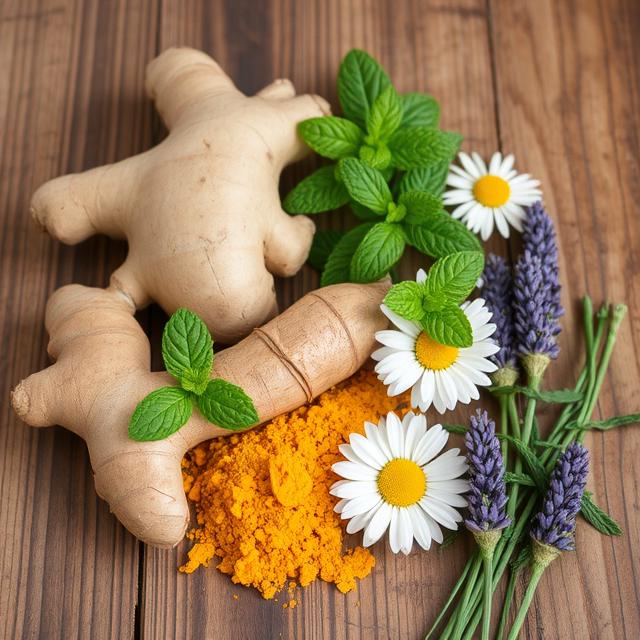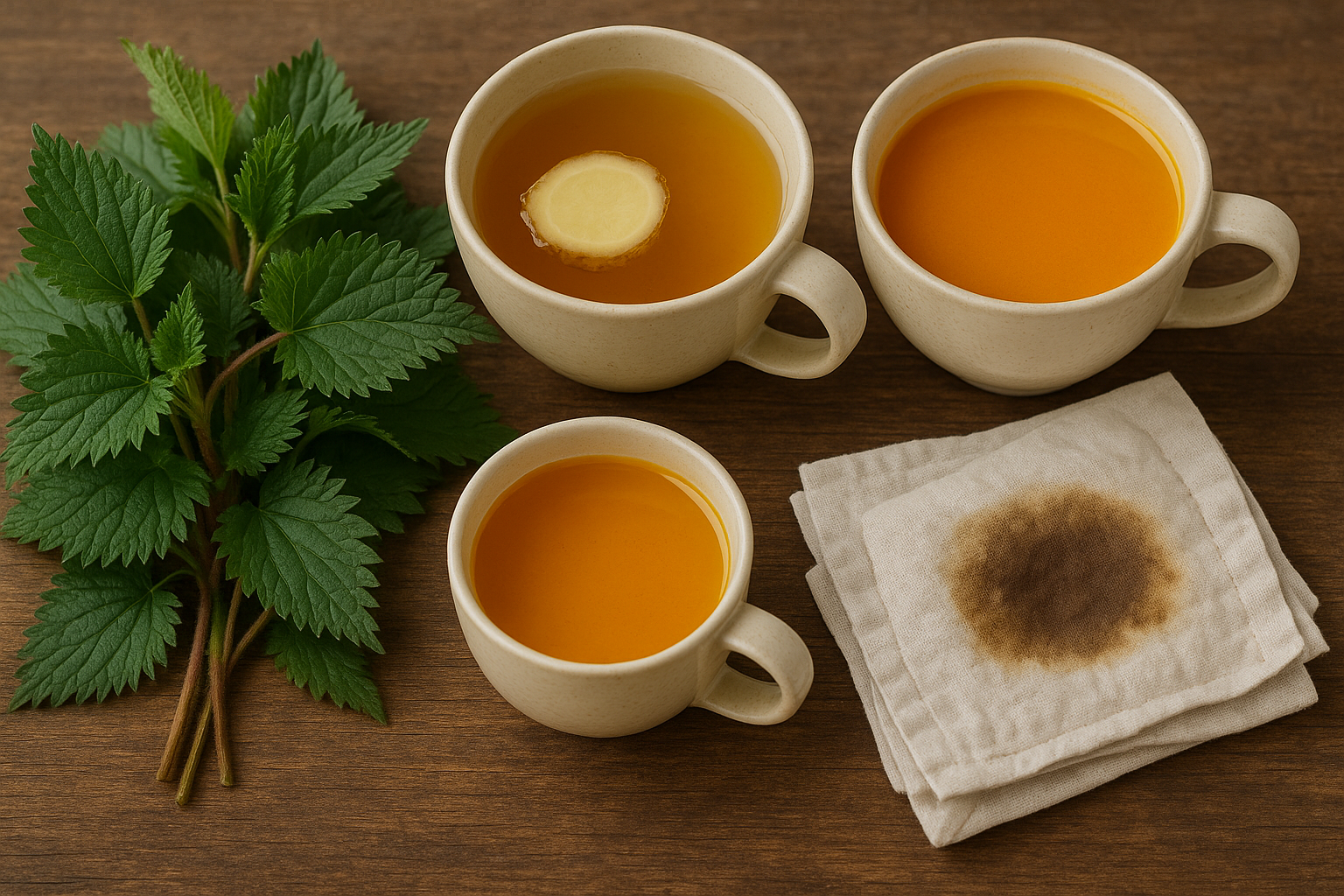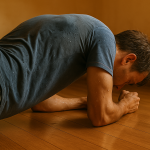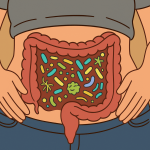Pain can disrupt every part of life—from movement to mood. While pharmaceutical painkillers offer relief, they often come with side effects. Thankfully, natural herbal pain relievers have been used for centuries, and one of the most effective methods is the herbal compress—a powerful, natural tool for pain and inflammation.
Inspired by Dr. Barbara O’Neill’s guidance, this article explores how to create your own herbal compresses for pain relief, swelling, and inflammation, and which herbs for pain and healing are most effective.
What Is an Herbal Compress?
An herbal compress is a cloth bundle soaked in warm herbal infusion or oil and applied directly to the body. It’s ideal for addressing pain, swelling, and inflammation without relying on chemical medications.
Whether you’re dealing with back pain, muscle tension, or joint swelling, a compress can provide targeted herbal relief for pain in a completely natural way.
Key Benefits of an Herbal Compress
- Relieves pain naturally
- Reduces swelling and inflammation
- Improves circulation
- Soothes sore or tight muscles
- Enhances healing post-injury
A herbal compress for swelling is especially helpful for acute injuries like sprains or for chronic issues like sciatica or arthritis.
What Natural Herbs Help with Pain and Swelling?
According to Dr. Barbara O’Neill and traditional herbalists, the following are some of the most powerful natural herbs for pain:
Ginger
A potent anti-inflammatory and warming herb that penetrates deep into sore tissues. Use in compresses for back pain relief or muscle aches.
Turmeric
Known for its anti-inflammatory power. Great for compresses targeting joint pain and swelling.
Peppermint
Has cooling properties—ideal for herbal compresses for inflammation or swelling from acute injury.
Chamomile
Gentle yet effective for reducing inflammation in the body and relaxing tight muscles.
Lavender
Calms nerve pain and promotes tissue healing. Also used in herbal remedies for sciatica pain relief.

How to Make a Herbal Compress at Home
Here’s how to make your own herbal compress for back pain, inflammation, or general healing:
Ingredients:
- 1 tbsp dried ginger, turmeric, or peppermint
- 1 cup hot water (not boiling)
- Clean cotton cloth or muslin
- Bowl
- Optional: Essential oils like lavender for added relief
Steps:
- Make an herbal tea by steeping your selected herbs in hot water for 10–15 minutes.
- Soak the cloth in the herbal infusion.
- Wring out excess liquid so it’s warm, not dripping.
- Apply the cloth to the affected area for 15–30 minutes.
- Re-soak and reapply as needed.
This compress can be reused for several sessions. Use twice daily for chronic inflammation or pain.
Herbal Teas for Pain Relief
Not only are compresses effective, but pain-relieving herbal teas work internally as well. Try:
- Ginger + turmeric tea for muscle and joint pain
- Chamomile + lavender tea for nerve and back pain
- Peppermint tea for digestive and inflammatory relief
These herbal tea recipes for pain relief can be consumed 2–3 times a day.
Herbal Medicine for Muscle Weakness and Healing
Dr. Barbara O’Neill also mentions natural herbal pain killers like cayenne pepper (capsaicin), which improves blood flow and supports recovery from muscle weakness and stiffness.
Massage oils infused with ginger or cayenne can be applied topically for pain and improved mobility.
Natural Healing: A Return to Tradition
In a world of synthetic drugs, it’s refreshing to see the rise of herbal remedies for inflammation in the body. Whether it’s a herbal compress for inflammation, a soothing tea, or a homemade pain-relieving oil, these herbal remedies for pain relief are both safe and effective.
Final Thoughts
When looking for the strongest natural pain reliever or a way to manage inflammation naturally, herbal compresses and teas offer powerful, time-tested solutions. Learn to harness the healing power of plants and let nature become your pharmacy.




As a Newbie, I am always browsing online for articles that can aid me. Thank you